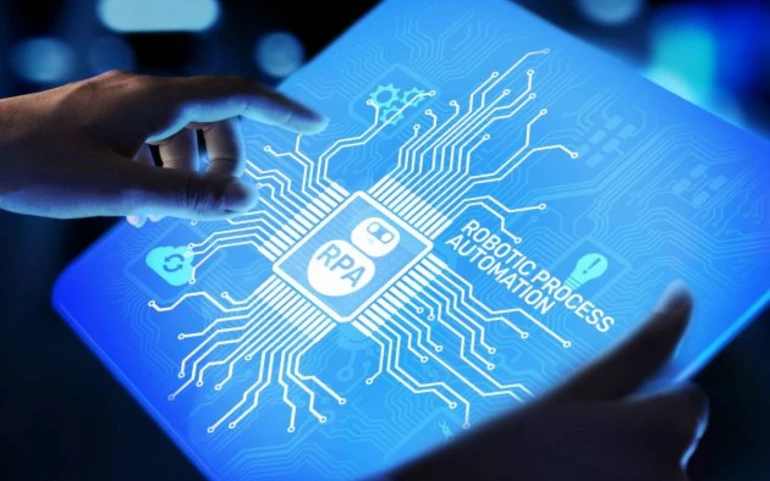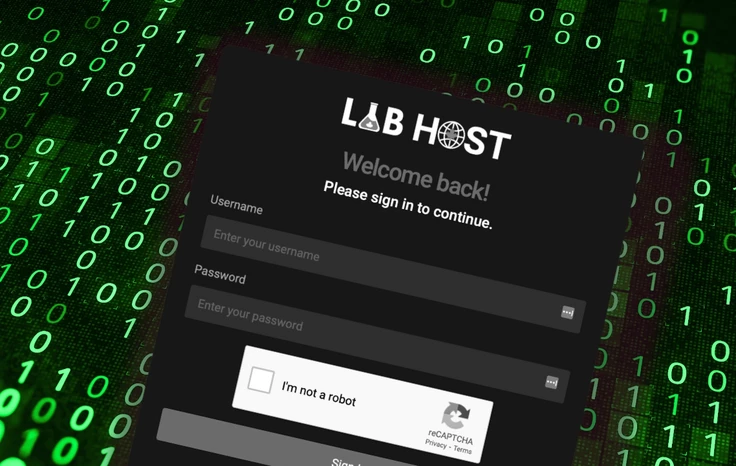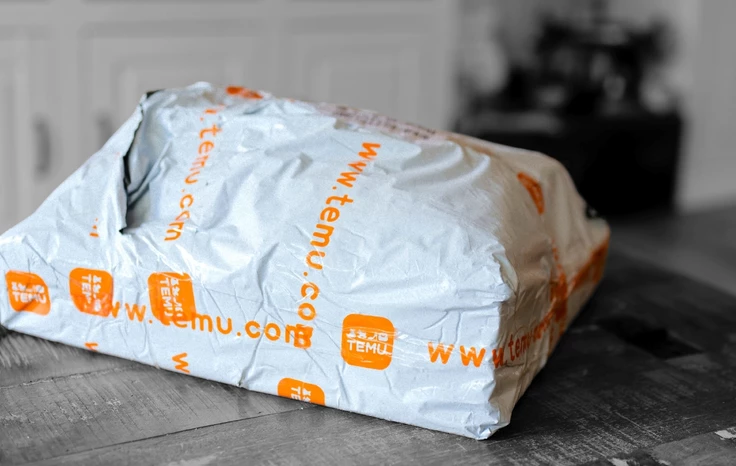What is Health Technology? Definition, Benefits, Challenges
How can robotic process automation drive chatbots to deliver a better customer experience?

Chatbots are a cool and current asset to any customer-facing enterprise. In a bid to offer customers immediate and 24-hour support, chatbots are a quirky next step towards this endeavour. Since their induction, their adoption has been widespread. However, the chatbot boom has quite some time before it settles, with Gartner predicting that these bots will become even more important over the next couple of years.
For now, chatbots are sufficient to answer simple customer queries. These generally include providing customers with information upon their request and presenting results. However, why stop there?
Building better bots
If chatbots are here to stay, then clearly, it's not a one-and-done operation. If enterprises are going to rely on chatbots to be the voice of their business and a point of contact for customers, then they must overcome its novelty and better its service.
One way of doing so is by embracing robotic process automation (RPA). RPA is a household name in automating repetitive tasks, freeing up your staff to focus on more pressing tasks. However, RPA is also advantageous in the realm of chatbots. Combining RPA and chatbots spurs capabilities such as handling requests of a more complex calibre and delivering answers with greater accuracy. This is because RPA bots unlock all the back-end applications your front-end, customer-facing chatbot needs.
Oftentimes, IT constraints or lack of the right APIs result in chatbots not being able to access enterprise applications. Thus, if a customer is trying to get billing information about a transaction, chatbots may not necessarily have access to billing and payments in the back-end. What does that leave you with? A dissatisfied customer, which is the exact opposite of what you tried to do by building a chatbot in the first place.
By introducing RPA to your chatbot endeavours, you can alleviate this problem. RPA is a common fixture in the back-end to automate repetitive tasks. What's more, it enables access to the systems that are too tricky for your typical chatbot. In doing so, the chatbot can do so much more in terms of performing specific tasks and presenting more reliable information.
Next steps
Chatbots are still new territory, but territory you must get stuck into to meet customer expectations. Luckily, services are available to help you merge your chatbot with RPA. Take IPI, for example. As part of their mission to deliver innovative contact centre technology, IPI can support you in your RPA-powered chatbot endeavour. This company recognises the potential of this powerful combination, and they will help you deploy it to better the handling of your customer's requests. Best of all, with their guidance, you can have everything ticking over nicely in the background, but hidden from your customers, offering them a smooth and professional experience.
What's more, IPI's RPA strategies are not just limited to customers. With the company's help, you can configure your RPA bot to manage particular reports and analytics. Not only this, they'll walk you through automating HR and IT tasks, such as holiday forms and e-signatures, through RPA.
If IPI's portfolio of services is anything to go by, the potential of RPA is far and wide. Let's perhaps work towards not letting chatbots eclipse the real hero of the day: robotic process automation.

























